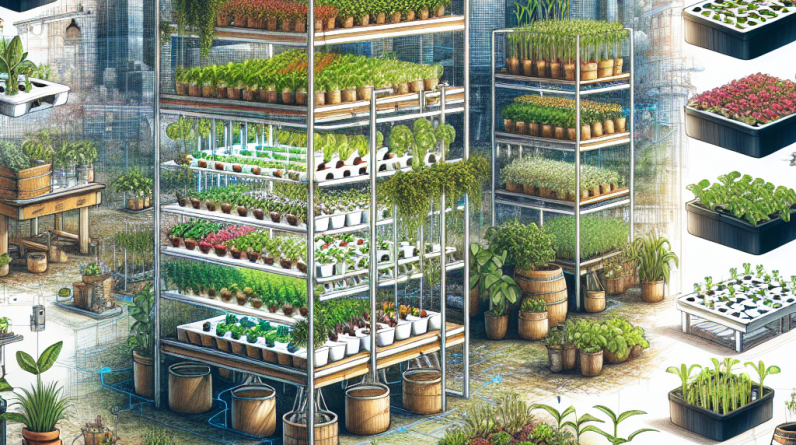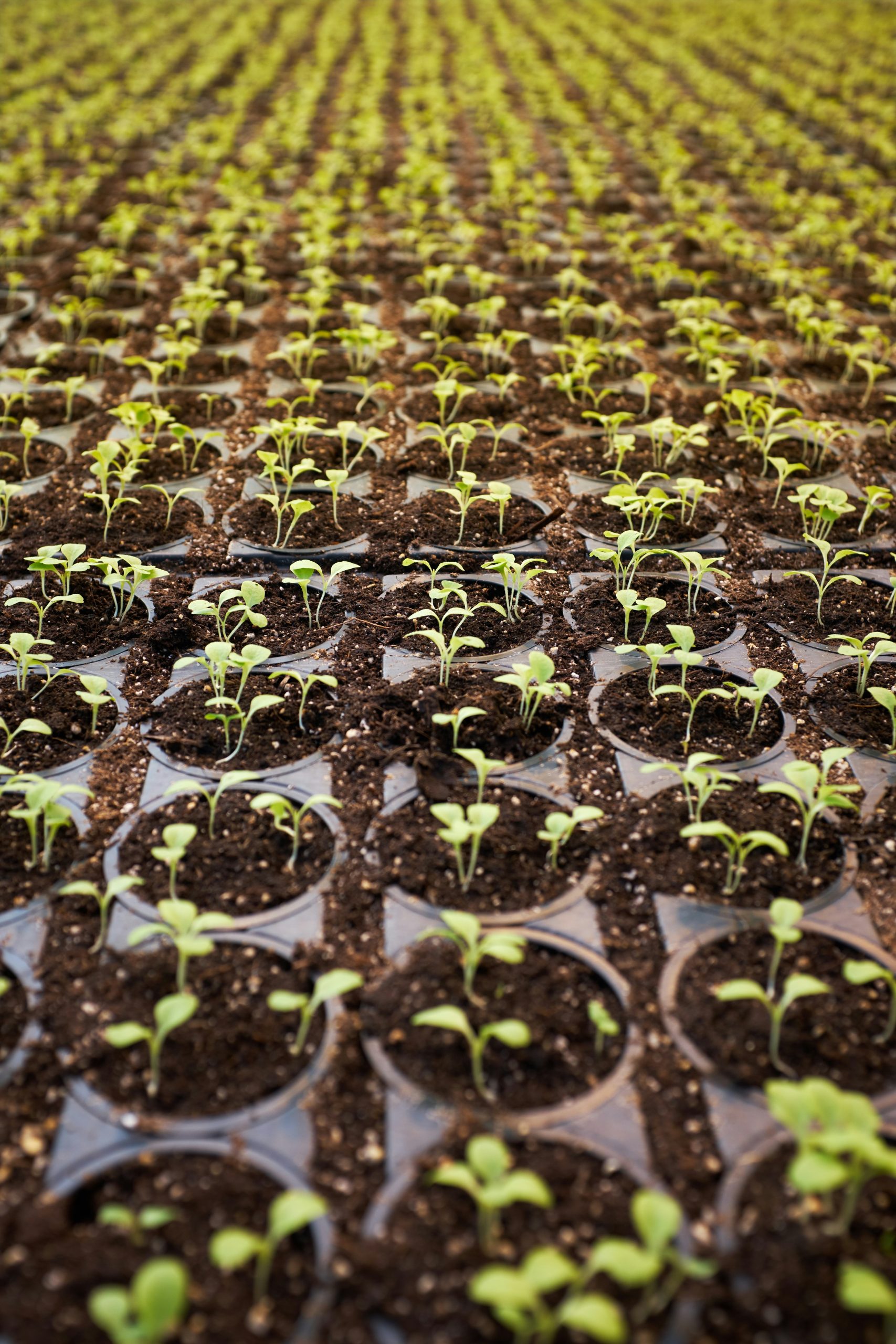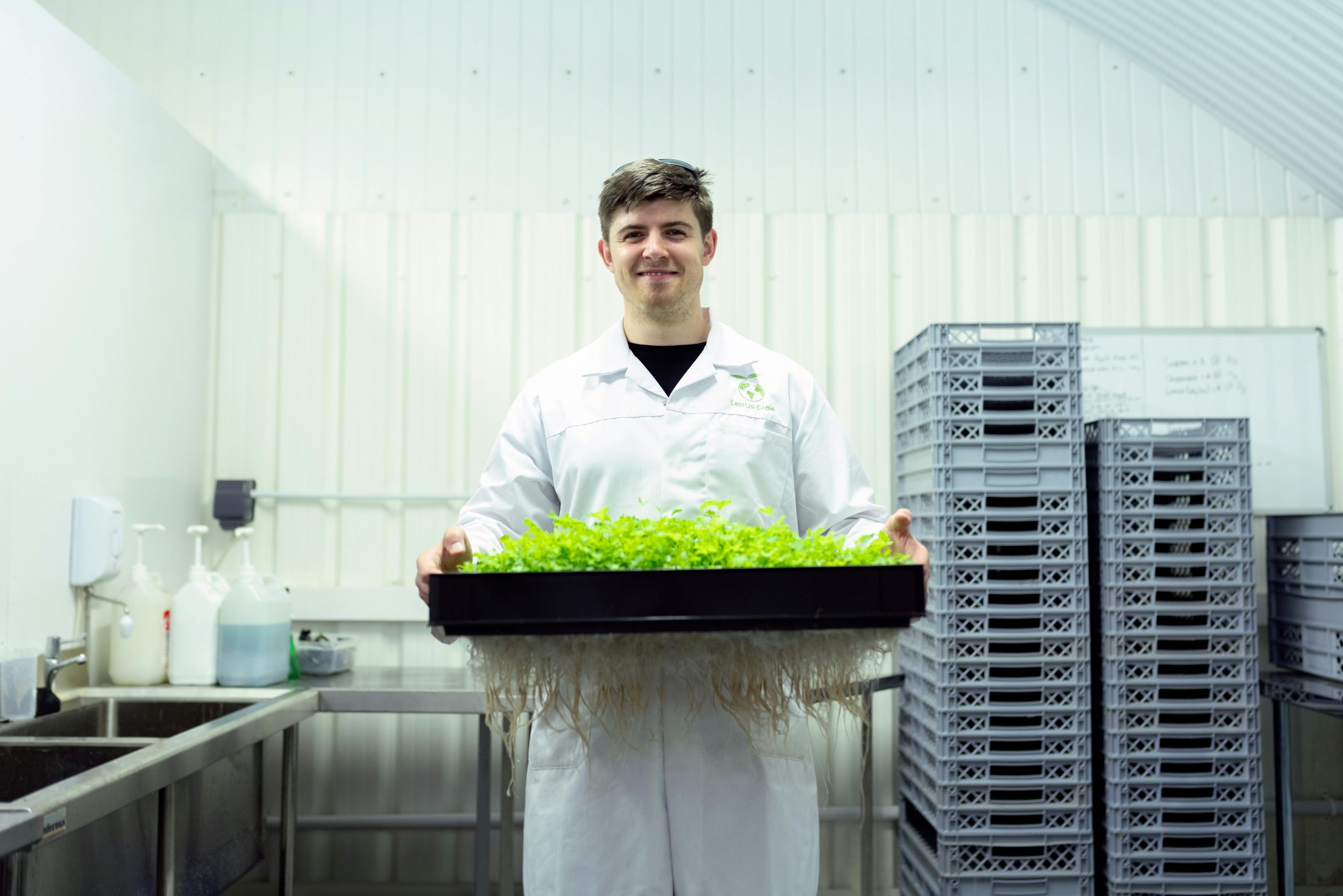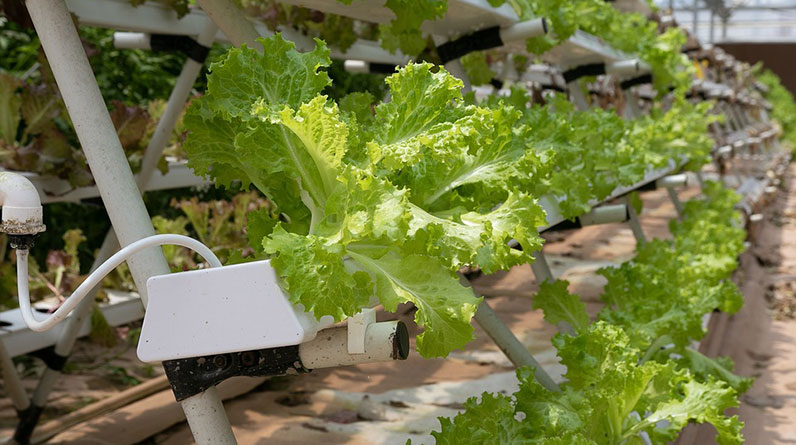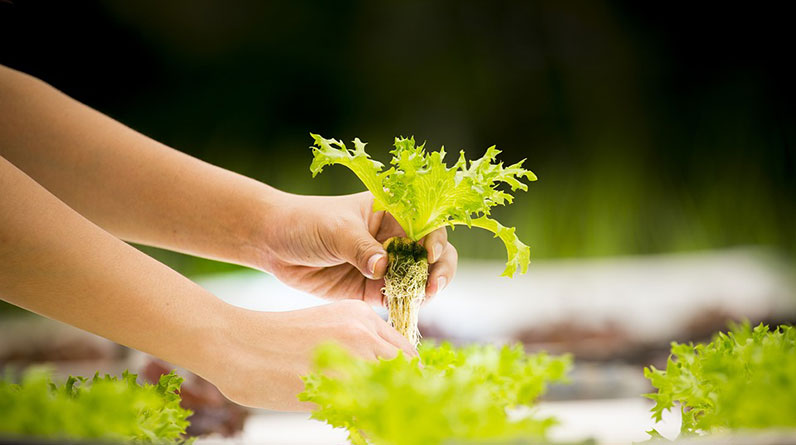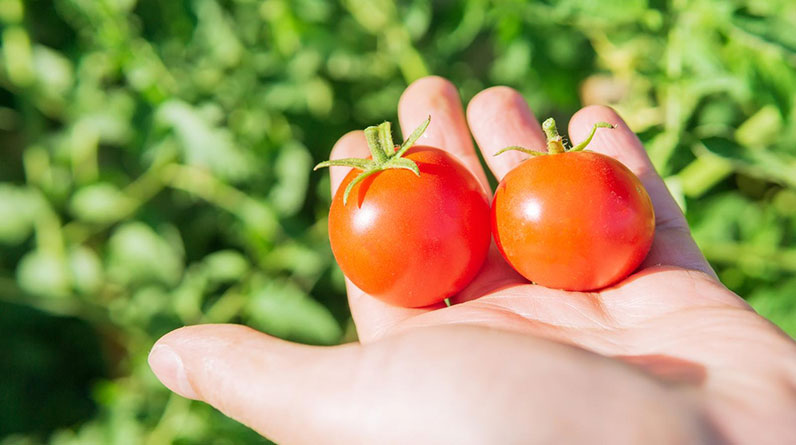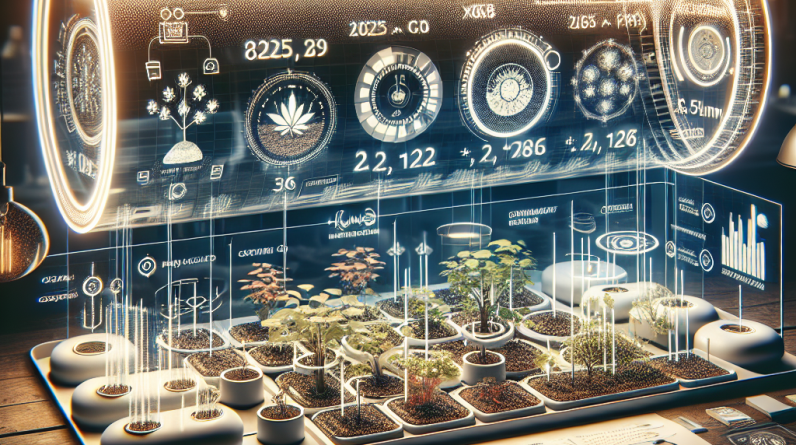
- 1. Optimize Your Lighting Setup
- 2. Choose the Right Growing Medium
- 3. Implement Automated Nutrient Delivery
- 4. Use Climate Control Systems
- 5. Monitor pH and Electrical Conductivity (EC)
- 6. Incorporate Smart Technology
- 7. Opt for Energy-Efficient Equipment
- 8. Maintain Proper Water Quality
- 9. Plan for Scalability
- 10. Regularly Perform System Maintenance
1. Optimize Your Lighting Setup
Choosing the Right Light Spectrum
In 2025, selecting the best indoor hydroponic grow system means paying close attention to lighting. The light spectrum is crucial for plant growth, especially for leafy greens, herbs, and fruiting plants. Full-spectrum LED grow lights have become the standard because they mimic natural sunlight and are energy-efficient. When choosing lights, consider the specific needs of your plants and the growth stage. For example, blue light promotes vegetative growth, while red light encourages flowering.
Many growers are now opting for adjustable spectrum lights that can be fine-tuned depending on the plantâs lifecycle. This flexibility allows for optimized photosynthesis and faster growth rates. Implementing smart lighting controllers can help automate this process, ensuring your indoor hydroponic system uses the correct light intensity at the right times.
Research indicates that proper lighting can increase yields by up to 25% when optimized. For small setups or larger commercial systems, investing in high-quality lighting is essential. Remember, the best indoor hydroponic grow system is incomplete without a reliable, adjustable lighting strategy.
Positioning and Light Distance
Proper placement of grow lights ensures maximum coverage and minimizes energy waste. In 2025, smart sensors can help you determine the optimal distance between lights and plant canopies. Generally, LED lights should be placed 12-24 inches above plants, but this varies depending on wattage and light type. Using adjustable mounts makes it easier to modify heights as plants grow, ensuring consistent light exposure.
Uneven lighting can lead to poor growth and uneven development. Using reflective materials inside your grow space can enhance light distribution, ensuring every plant receives an equal amount of illumination. This simple yet effective tweak can significantly improve overall yield and quality in your indoor hydroponic system.
2. Choose the Right Growing Medium
Inert vs. Organic Media
Selecting the best indoor hydroponic grow system starts with choosing the right growing medium. In 2025, inert media like coconut coir, perlite, and expanded clay pellets have gained popularity because they provide excellent aeration and water retention without interfering with pH levels. Organic media, such as composted bark, may introduce variability and are less stable for hydroponic setups.
Many professional growers prefer coconut coir because itâs sustainable, holds moisture well, and facilitates healthy root development. Itâs also resistant to pests and pathogens, reducing transmission risks. When setting up your hydroponic system, consider the compatibility of your chosen medium with your nutrient delivery method to optimize plant health.
Research shows that inert media can improve nutrient uptake, leading to higher yields and better quality produce. The best indoor hydroponic grow system in 2025 integrates a reliable medium that supports consistent plant growth and simplifies nutrient management.
Preparation and Sterilization
Before planting, ensure your growing medium is properly prepared. Sterilization helps eliminate pests, mold, and diseases, safeguarding your indoor hydroponic garden. Rinsing and, if necessary, pasteurizing the medium create a clean environment for your plants.
In 2025, many growers are adopting natural sterilization methods such as boiling or using hydrogen peroxide solutions for quick, chemical-free preparation. This practice not only reduces the risk of contamination but also promotes healthier root systems from the start.
Consistent preparation routines contribute to system reliability and high yields. The best indoor hydroponic grow system is one that maintains a sterile environment to foster robust plant development.
3. Implement Automated Nutrient Delivery
Advantages of Automation
Automation has revolutionized indoor hydroponic systems, making nutrient delivery precise and consistent. In 2025, smart nutrient dosing systems can be programmed to deliver exactly the right amount of nutrients at specific intervals, reducing waste and preventing deficiencies.
This technology ensures optimal plant nutrition, leading to faster growth and higher yields. Automated systems also decrease manual labor, allowing you to focus on other aspects of garden management. For larger setups, automation minimizes human error, which is critical for maintaining system efficiency.
Studies suggest that automated nutrient management can improve crop uniformity by over 90%, making it a must-have feature in the best indoor hydroponic grow system for 2025.
Nutrient Formulations and Timing
Choosing the right nutrient formulations is fundamental for success. In 2025, specialized solutions tailored for hydroponics provide balanced macro and micronutrients. Establish a feeding schedule based on plant growth stages, ensuring timely nutrition without overfeeding.
Using automated systems to regulate timing and dosage prevents common issues like nutrient lockout or salt buildup, both detrimental to plant health. Regularly monitoring plant response and adjusting nutrient schedules accordingly will maximize your systemâs productivity.
Implementing precise nutrient delivery systems is a cornerstone of the best indoor hydroponic grow system, enabling consistent and vigorous plant development.
4. Use Climate Control Systems
Maintaining Optimal Temperature and Humidity
Climate control is essential for a thriving indoor hydroponic setup. In 2025, automated HVAC systems can precisely regulate temperature and humidity levels, creating ideal conditions for your plants. Most crops flourish at temperatures between 65°F and 75°F, with humidity levels around 50-70%.
Neglecting climate control can lead to stress, mold, or disease. Investing in smart thermostats and dehumidifiers allows you to maintain stable environmental conditions, regardless of external weather fluctuations.
Consistent climate management doesnât just support plant health, it also enhances growth rates and qualityâkey features of the best indoor hydroponic grow system.
Air Circulation and CO2 Enrichment
Good air circulation is vital to prevent mold and ensure each plant receives fresh CO2. Ceiling fans or oscillating fans promote airflow, strengthening plant stems and improving transpiration. Additionally, CO2 enrichment systems can boost photosynthesis efficiency, increasing yields by up to 20%.
In 2025, integrating smart sensors with ventilation systems allows for real-time adjustments, maintaining ideal airflow dynamics. Proper circulation also helps regulate temperature and humidity, making the environment more comfortable for your plants.
Optimizing climate control components is an invaluable part of the best indoor hydroponic grow system, especially as you scale up your operation.
5. Monitor pH and Electrical Conductivity (EC)
Why pH and EC Matter
Precise control of pH and EC is critical for nutrient availability and plant health. In 2025, digital meters make it easier than ever to monitor these parameters regularly. Maintaining pH between 5.5 and 6.5 ensures optimal nutrient uptake, while EC levels inform you about nutrient concentration.
Regular testing helps prevent deficiencies or toxicities that can diminish crop yields. Automated dosing systems can also adjust nutrient-strengths based on real-time data, maintaining consistency in your indoor hydroponic grow system.
Being vigilant about pH and EC can significantly improve plant vigor, quality, and overall system success.
Best Practices for Adjustment
Adjusting pH typically involves adding acids or bases. For EC, dilute or concentrate nutrient solutions accordingly. Aim to test and adjust daily during the vegetative phase and at least twice weekly during flowering.
Smart meters with data logging features facilitate trend analysis, allowing you to predict and preempt issues before they impact plant growth. Combining digital monitoring with manual checks creates a robust control system.
Effective pH and EC management are key pieces of the best indoor hydroponic grow system puzzle for 2025.
6. Incorporate Smart Technology
Automation and Remote Monitoring
In 2025, smart technology enables indoor growers to remotely monitor and control their hydroponic systems via smartphone apps. Sensors track temperature, humidity, pH, EC, and light levels, providing real-time data and alerts.
This level of automation helps prevent problems, optimize conditions, and save time. For shoppers aiming for the best indoor hydroponic grow system, investing in integrated IoT devices makes a substantial difference in yield and resource management.
Advanced automation reduces human error, providing peace of mind and consistent results even when you’re away from your garden.
Data-Driven Optimization
Collecting and analyzing system data enables continuous improvements. Use software that offers insights into growth patterns, pest outbreaks, and nutrient efficiency. Over time, this helps refine your setup for bigger harvests and better quality.
Implementing AI-driven management tools can further enhance system performance by predicting potential issues before they occur. Technology integration will define the future of the best indoor hydroponic grow system in 2025.
Embracing smart tech is no longer optionalâit’s essential for those serious about indoor gardening success.
7. Opt for Energy-Efficient Equipment
LED Lighting and Pumps
Energy efficiency is a top priority for 2025 indoor growers. High-efficiency LED lights consume less power while providing intense, spectrum-specific illumination. Similarly, energy-efficient pumps and fans reduce operational costs and environmental impact.
Converting to LED lighting can cut energy bills by up to 50% compared to traditional grow lights, making your setup more sustainable. Additionally, variable speed pumps adjust based on real-time system needs, conserving power when full capacity isnât necessary.
Choosing eco-friendly equipment aligns with global sustainability goals and ensures your indoor hydroponic garden remains profitable and eco-conscious.
Long-Term Savings and Environmental Impact
Although initial investment may be higher, energy-efficient equipment pays off by lowering utility bills over time. Additionally, energy savings reduce your carbon footprint, making your indoor garden environmentally friendly.
Innovations in power management also lead to quieter operation and less heat output, creating a more comfortable environment. In 2025, eco-conscious growers prioritize these upgrades to build sustainable grow systems.
Maximizing efficiency while minimizing costs is a hallmark of the best indoor hydroponic grow system for current and future growers.
8. Maintain Proper Water Quality
Water Filtration and Purification
Water quality directly impacts plant growth in hydroponic systems. In 2025, advanced filtration systems remove toxins, chlorine, and heavy metals, ensuring clean water for nutrient solutions. Using filtered water prevents buildup of unwanted minerals and pathogens.
UV sterilizers and reverse osmosis units are popular options, especially for high-yield or sensitive crops. Regularly testing water for contaminants and nutrient balance helps sustain optimal conditions.
Clean water minimizes disease pressure and enhances nutrient absorption, resulting in healthier plants and higher yields.
Water Management Tips
Monitor water levels daily, topping up and replacing solutions as needed. Keep an eye on pH and EC, adjusting for changes caused by evaporation or plant uptake. Regular cleaning of tanks and pipes prevents algal growth and blockages.
Implementing automated water management tools can streamline this process, ensuring consistent water quality. Proper management sustains the health of your indoor hydroponic garden, especially in densely planted systems.
For remarkable results, the best indoor hydroponic grow system emphasizes water quality control as a core maintenance practice.
9. Plan for Scalability
Designing Modular Systems
In 2025, scalability is crucial for those looking to expand their indoor hydroponic operations. Modular system designs allow easy addition of grow units without disrupting existing setups. Use standardized components for compatibility and flexibility.
This approach minimizes upfront costs and enables incremental growth, aligning with your budget and space constraints. Planning systems with scalability in mind ensures long-term success and profitability.
Adaptive design features like expandable nutrient lines, adjustable lighting, and customizable climate zones will be integral to the best indoor hydroponic grow system in the coming years.
Future-Proofing Your Garden
Anticipate future needs by selecting high-quality, durable equipment capable of handling increased load and complexity. Consider automation upgrades and technology integrations that can evolve with your system.
Staying informed about new innovations in hydroponics will help you keep your system competitive and efficient. Planning for growth today ensures your indoor garden remains productive in 2025 and beyond.
Smart planning and flexible design are the backbone of the best indoor hydroponic grow system in a rapidly changing industry.
10. Regularly Perform System Maintenance
Scheduling and Checklist
Consistent maintenance prevents system failures and promotes healthy plant growth. Create a maintenance schedule that includes cleaning for pumps, tanks, pipelines, and grow trays. Regular inspections help identify early signs of wear or clogs.
In 2025, using digital checklists and alerts simplifies maintenance routines, ensuring no critical task is overlooked. Routine calibration of sensors and replacement of worn parts keeps your system running at peak performance.
Keeping detailed logs helps track issues, repairs, and improvements over time, contributing to the longevity and reliability of your indoor hydroponic setup.
Troubleshooting Common Problems
Being proactive about troubleshooting minimizes downtime. Common issues include clogged pumps, pH imbalances, or microbial growth. Address these promptly with proper cleaning and adjustments.
In 2025, many growers utilize diagnostic apps that analyze sensor data to pinpoint problems quickly. Staying educated and having spare parts on hand ensures your system remains operational.
Proper maintenance and troubleshooting practices safeguard your investment and secure consistent yields in your indoor hydroponic system.
Conclusion
Building the best indoor hydroponic grow system in 2025 requires a strategic combination of advanced technology, careful planning, and diligent maintenance. The strategies outlined aboveâranging from optimized lighting to system scalabilityâserve as a comprehensive guide to maximizing crop yields and ensuring long-term success. By integrating these effective measures, youâll set yourself apart as a leader in modern indoor gardening. Remember, staying current with technological innovations


